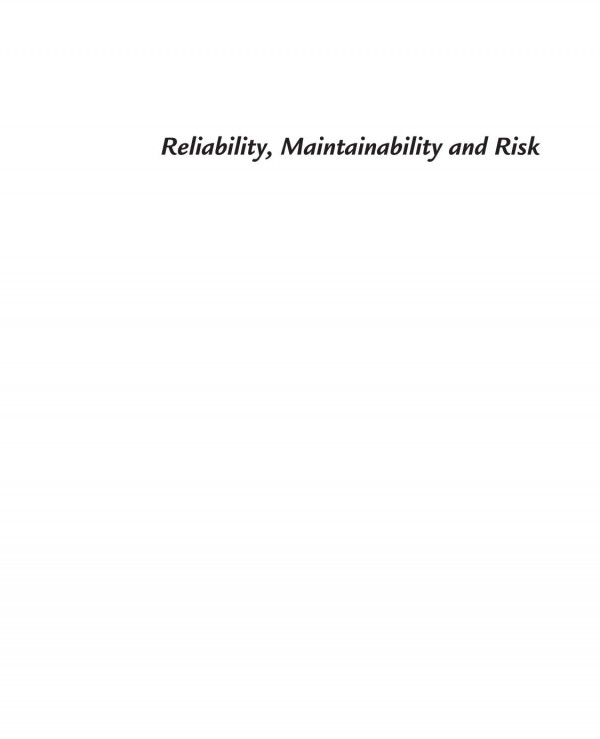

Most ebook files are in PDF format, so you can easily read them using various software such as Foxit Reader or directly on the Google Chrome browser.
Some ebook files are released by publishers in other formats such as .awz, .mobi, .epub, .fb2, etc. You may need to install specific software to read these formats on mobile/PC, such as Calibre.
Please read the tutorial at this link. https://ebooknice.com/page/post?id=faq
We offer FREE conversion to the popular formats you request; however, this may take some time. Therefore, right after payment, please email us, and we will try to provide the service as quickly as possible.
For some exceptional file formats or broken links (if any), please refrain from opening any disputes. Instead, email us first, and we will try to assist within a maximum of 6 hours.
EbookNice Team

Status:
Available0.0
0 reviewsReliability, Maintainability and Risk: Practical Methods for Engineers, Ninth Edition, has taught reliability and safety engineers techniques to minimize process design, operation defects, and failures for 35 years.
For beginners, the book provides tactics on how to avoid pitfalls in this complex and wide field. For experts in the field, well-described, realistic, and illustrative examples and case studies add new insight and assistance. The author uses his 40 years of experience to create a comprehensive and detailed guide to the field, also providing an excellent description of reliability and risk computation concepts.
The book is organized into five parts. Part One covers reliability parameters and costs traces the history of reliability and safety technology, presenting a cost-effective approach to quality, reliability, and safety. Part Two deals with the interpretation of failure rates, while Part Three focuses on the prediction of reliability and risk.
Part Four discusses design and assurance techniques, review and testing techniques, reliability growth modeling, field data collection and feedback, predicting and demonstrating repair times, quantified reliability maintenance, and systematic failures, while Part 5 deals with legal, management and safety issues, such as project management, product liability, and safety legislation.